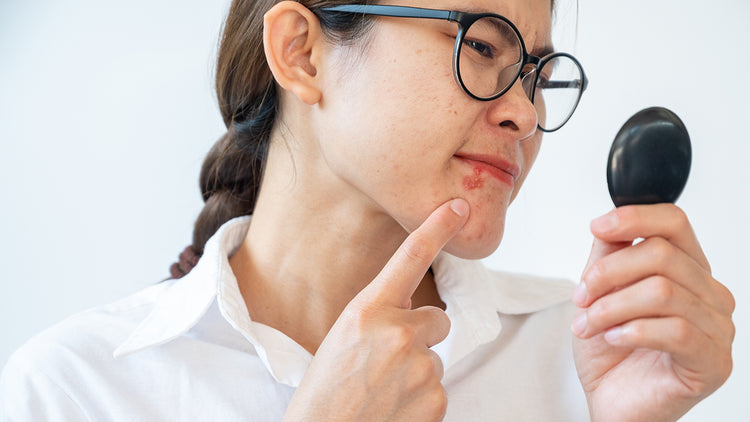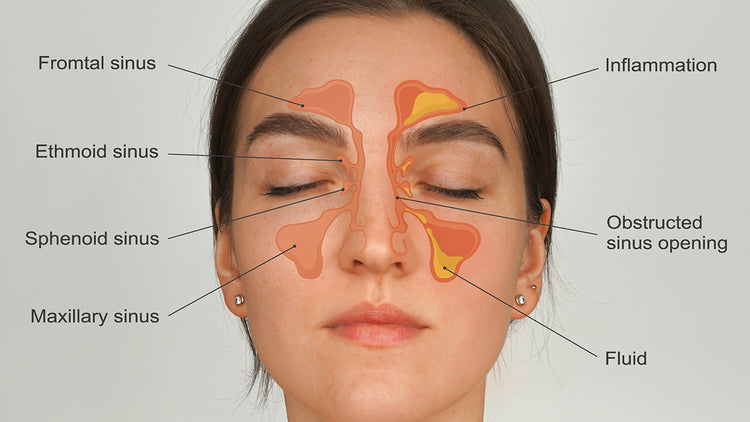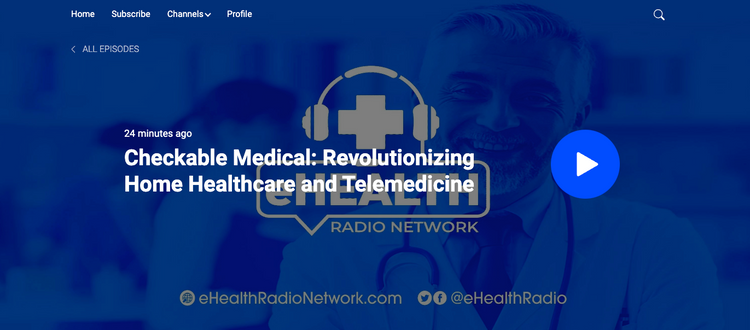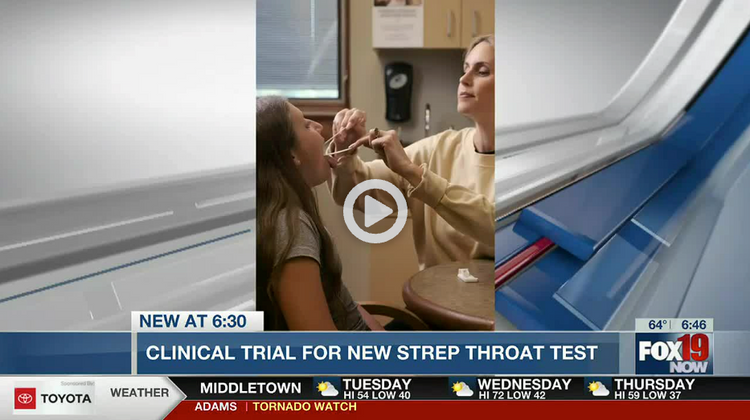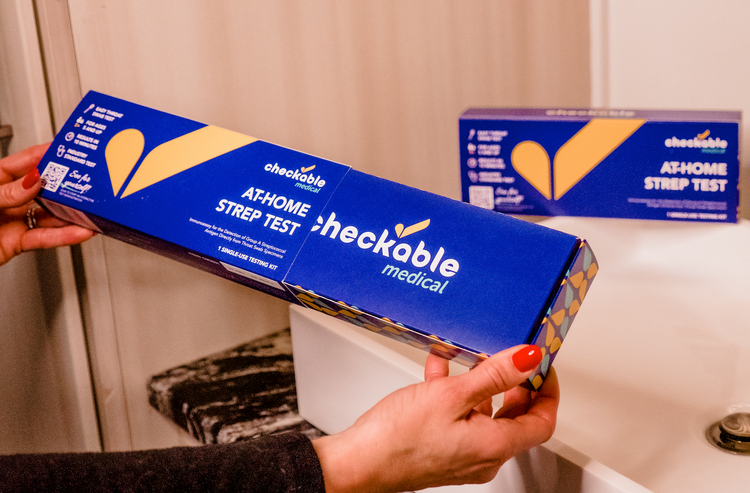
Urinary tract infections (UTIs) are infections of the bladder and lower urinary system, which happen often in the 65+ age group. You can easily treat these infections, but if ignored, they can progress to complicated, even life-threatening conditions. In this article, we will discuss how older adults and their caregivers can identify the not-so-common symptoms of UTIs and what puts them at risk. We will also show how UTIs are diagnosed, how they should be treated, and the best ways to prevent them in older adults.
Common Symptoms of a UTI in Older Adults
Typical symptoms of a UTI include frequent urination, burning with urination, lower belly discomfort, and even blood in the urine. Unfortunately, these typical symptoms aren't the norm in older adults, especially those over 65. With the risk of a UTI increasing with age, it is crucial to be aware of the signs and symptoms of UTIs in the 65+ age group.
Symptoms of UTIs in older adults include the following:
- New or worsening confusion (also called delirium)
- Falls
- Poor appetite
- Not making it to the bathroom on time (also called urinary incontinence)
- Drowsiness
- Abnormally low blood pressure or unusually high heart rate
If you or someone you love may have a UTI, seek medical care for evaluation and treatment.
Risk Factors for UTIs in Older Adults
UTIs are infections caused by bacteria that can be difficult for the aging immune system to fight successfully. Older adults are at higher risk of getting UTIs than younger people. As we age, our immune system ages with us. The immune system of an older adult is not as strong, which makes it harder to fight off infection.
Medical conditions like men having an enlarged prostate, being a woman after menopause, constipation, and having uncontrolled diabetes are just a few that contribute to the UTI risk.
Below are other risk factors associated with UTIs in older adults:
- Having sex
- Not drinking enough water
- Waiting too long to urinate
- Not fully emptying your bladder
- Having a history of UTIs
In addition, the loss of bowel or bladder function, limited ability to get to the bathroom quickly enough, or medications that dehydrate you can spell trouble for those 65 and over.
Ways to Diagnose a UTI in People Over 65 Years of Age
To properly diagnose a UTI, you must make an appointment with a healthcare provider. Healthcare professionals most often diagnose UTIs with a urine sample. It is essential to know that you must collect the urine sample in a certain way to avoid contamination. The healthcare provider will give instructions on how to clean the skin before collecting the urine sample.
A quick test called the dipstick test is standard. This process is where a special strip is placed in a urine sample, which can detect a UTI within minutes. This test is an easy and reliable method for younger people. However, the bacteria that typically cause UTIs in older adults do not always yield the dipstick test to be positive.
A urine test called a urinalysis is another option for diagnosing UTIs in older adults. The lab will look at the urine under a microscope to see how much bacteria there is. Unfortunately, older adults can have bacteria in their urine that is not necessarily causing an immediate infection or symptoms, making it hard to determine if treatment is needed.
The gold standard for diagnosis of UTIs is the urine culture. The urine culture is a test where the provider places the urine in a special container and watches to see which bacteria grow. This test will identify exactly what bacteria is present and how much there is. Based on these results, the culture can also determine what antibiotics will best treat the bacteria.
UTI Treatment in Seniors
It will take a couple of days to complete the urine culture results. As the older adult has a higher risk of UTIs becoming worse and overwhelming infection, healthcare professionals recommend starting antibiotics before the culture results are back. The provider will prescribe what medications they feel are appropriate based on the situation.
Treatment for UTIs in older adults will depend on a few factors, including the medical history, how many UTIs there have been in the past, and the current symptoms. UTIs can be uncomplicated or complicated; the category will determine the treatment.
- Antibiotic treatment for an uncomplicated UTI includes Nitrofurantoin (Macrobid), Trimethoprim/Sulfamethoxazole (Bactrim DS), or Fosfomycin. Treatment lasts 3-5 days, except for Fosfomycin, which is just one dose.
- Antibiotic treatment for complicated UTIs includes Ciprofloxacin (Cipro) or Levofloxacin (Levaquin). Treatment lasts seven days.
When the urine culture results are back, the healthcare provider will review them to determine if they need to prescribe a different antibiotic.
If an older adult has recurrent UTIs, their provider will often prescribe a small dose of an antibiotic daily.
Ways to Prevent UTIs In the Elderly
There is an urgent need to prevent UTIs in older adults due to their high risk and how complicated they can become. Here are some proven tips on how to avoid UTIs:
- Drink plenty of water
- Urinate often, and don't hold it in
- Urinate before and after sex
Some alternative prevention strategies include wearing cotton underwear so moisture is not directly on the skin and drinking cranberry juice to make the urine more acidic and prevent the growth of bacteria.
Armed with information, you can now recognize the uncommon symptoms of a UTI in older adults. Though you cannot change some risk factors, these prevention strategies can help reduce UTI risk. If UTI symptoms do develop, make sure to see a healthcare provider to have appropriate testing and treatment and avoid a complicated infection.
References
Akhtar, A., Ahmad Hassali, M. A., Zainal, H., Ali, I., & Khan, A. H. (2021). A cross-sectional assessment of urinary tract infections among geriatric patients: Prevalence, medication regimen complexity, and factors associated with treatment outcomes. Frontiers in Public Health, 9. https://doi.org/10.3389/fpubh.2021.657199
Chu, C. M., & Lowder, J. L. (2018). Diagnosis and treatment of urinary tract infections across age groups. American Journal of Obstetrics and Gynecology, 219(1), 40–51. https://doi.org/10.1016/j.ajog.2017.12.231
Dutta, C., Pasha, K., Paul, S., Abbas, M. S., Nassar, S. T., Tasha, T., Desai, A., Bajgain, A., Ali, A., & Mohammed, L. (2022). Urinary tract infection induced delirium in elderly patients: A systematic review. Cureus, 14(12), e32321. https://doi.org/10.7759/cureus.32321
Gharbi, M., Drysdale, J. H., Lishman, H., Goudie, R., Molokhia, M., Johnson, A. P., Holmes, A. H., & Aylin, P. (2019). Antibiotic management of urinary tract infection in elderly patients in primary care and its association with bloodstream infections and all cause mortality: Population based Cohort Study. BMJ, l525. https://doi.org/10.1136/bmj.l525
Godbole, G. P., Cerruto, N., & Chavada, R. (2020). Principles of assessment and management of urinary tract infections in older adults. Journal of Pharmacy Practice and Research, 50(3), 276–283. https://doi.org/10.1002/jppr.1650
Johns Hopkins Medicine. (2023). Urinary Tract Infections. https://www.hopkinsmedicine.org/health/conditions-and-diseases/urinary-tract-infections
Lee, H. S., & Le, J. (2018). Urinary Tract Infections. In Pharmacotherapy self-assessment program (PSAP) (pp. 7–28). essay, ACCP. https://www.accp.com/docs/bookstore/psap/p2018b1_sample.pdf
Rowe, T. A., & Juthani-Mehta, M. (2013). Urinary tract infection in older adults. Aging Health, 9(5), 519–528. https://doi.org/10.2217/ahe.13.38

Author Bio:
Sarah Beattie DNP, APRN-CNP, CDCES is a Nurse Practitioner in Ohio. She has twenty years of nursing experience. The first ten years of her career were in critical care. She then advanced her career as a Nurse Practitioner in Family Practice and Endocrinology. She has a passion for the management and education of patients with diabetes. She is a Certified Diabetes Care and Education Specialist and is certified in Plant-Based Nutrition. She has now combined her love of nursing and healthcare with writing as a freelance nurse writer in her time away from patient care.
Life is too short to sit in a doctor’s office
Sign up for our weekly newsletter and get valuable healthcare tips and tricks in your inbox!
Sign up now and unsubscribe anytime.
- Choosing a selection results in a full page refresh.
- Press the space key then arrow keys to make a selection.











